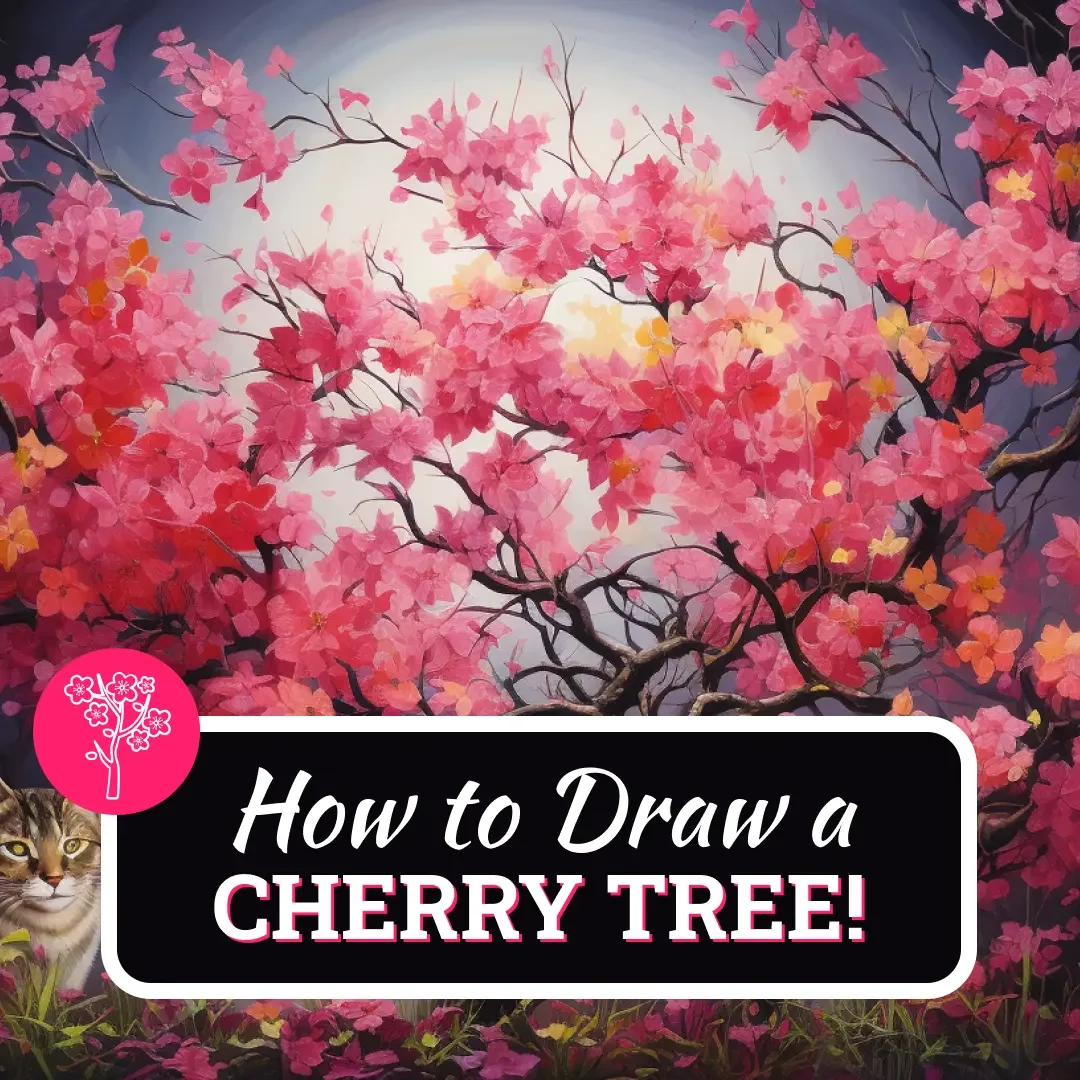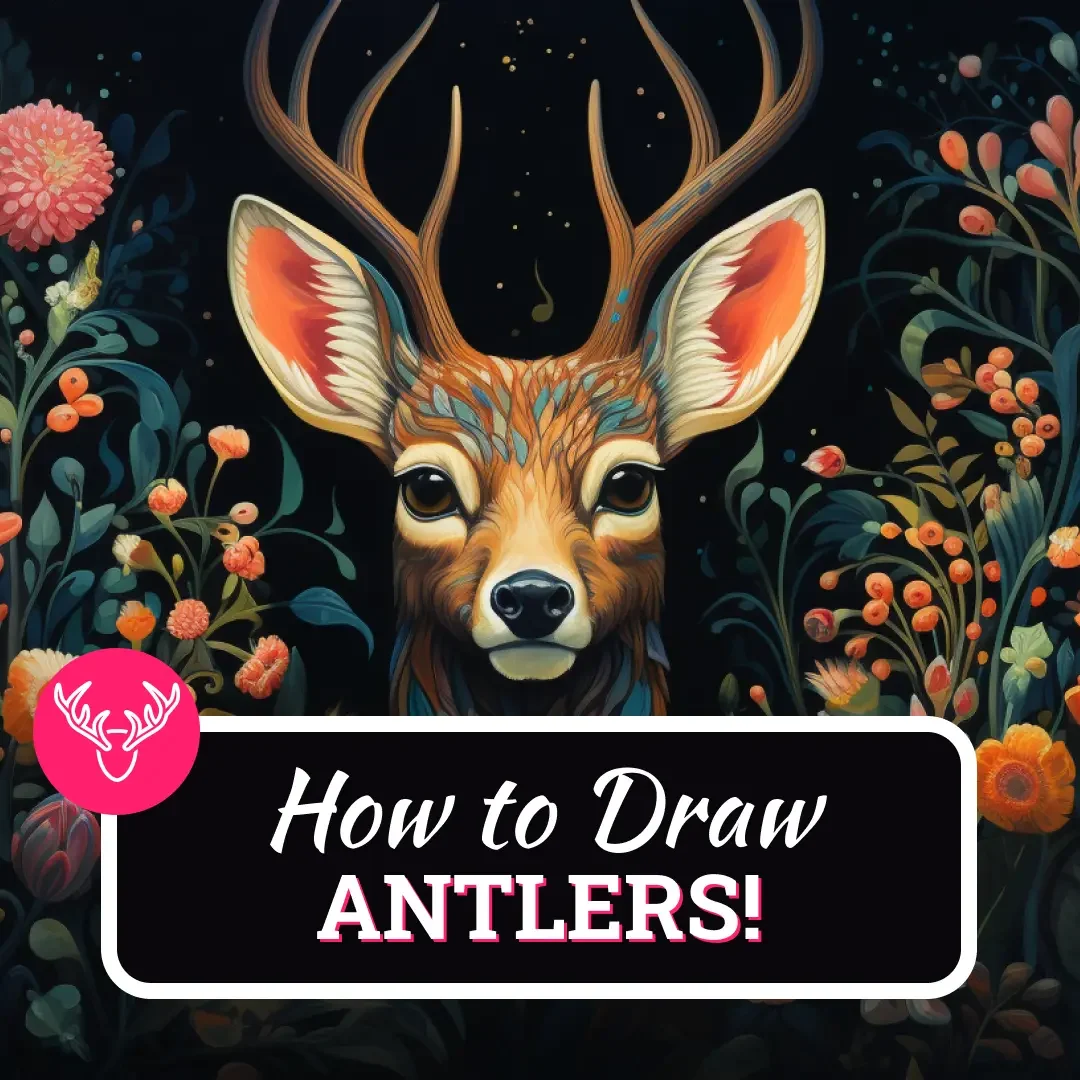There are no results matching your search Reset filters?
26 Types of Paint Brushes: Artists Guide

- By Joanna | updated in February, 2024
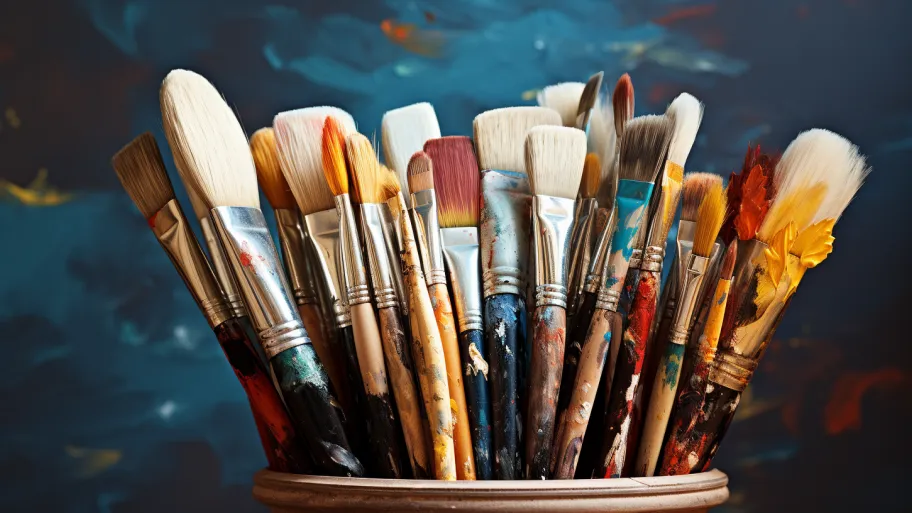
Choosing the right types of artist brushes can make all the difference in your art project, but with all of the different types of art paintbrushes available, it can be hard to know where to start.
There are a variety of types of art paint brushes available on the market, each with their own specific purpose. And to make things even more complicated, they come in all shapes, sizes, and bristle types.
If you have just started looking into art paint brushes, you might be a little bit overwhelmed with all the types of artist paint brushes available. But don’t worry, because we have listed all types of paint brushes for you below, so you get an idea of which ones are the most suitable for you and your style.
Here is a guide to some of the most popular types of paintbrushes, and what sets them apart.
Table of Contents
ToggleHistory of Paint Brushes
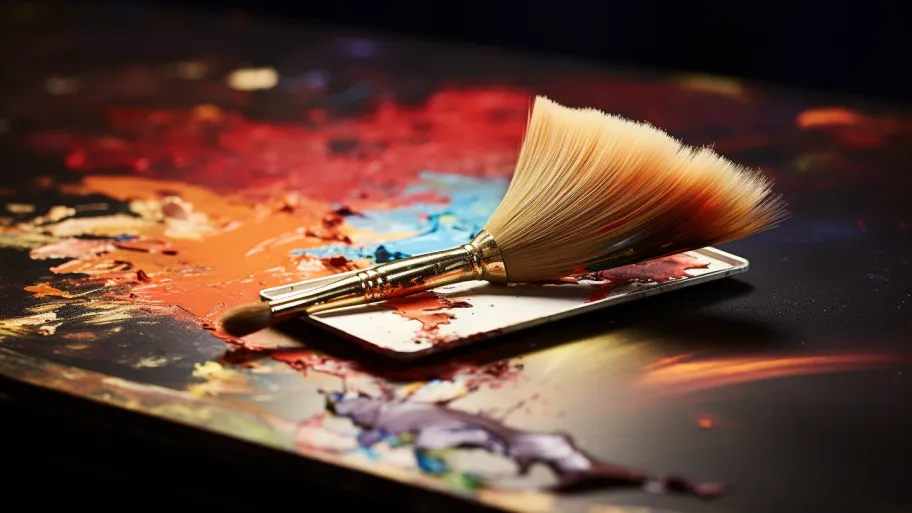
Paint brushes have been around for a long time, with the earliest examples dating back to the Bronze Age. These early paint brushes were made from natural hair such as animal hair, usually horsehair, which was attached to a wooden handle.
Paint brushes didn’t really change much in style or design until the late 19th century when synthetic bristles were invented. These new bristles were made from materials like nylon and polyester, and they quickly became the standard for paint brushes.
Nowadays, there are a wide variety of paint brushes available on the market, each with its own specific purpose.
Artist Paintbrush Sizes
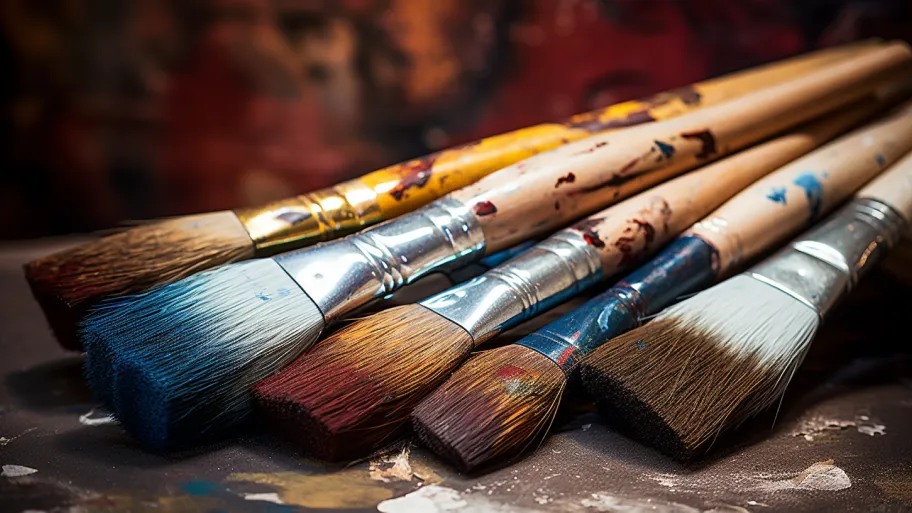
The size of the brush will determine how much paint you can pick up, and how thick or thin your brushstrokes will be.
Art paint brushes are typically categorized by their width, which is measured in millimeters (mm) or inches.
The width of the brush is also known as the “brush head size.”
Here are some common artist paintbrush sizes and their usage:
Extra-Small Paintbrushes (1-2 mm)
These brushes are perfect for painting very fine details or for working in tight spaces.
Small Paintbrushes (3-5 mm)
These brushes are good for painting smaller details, as well as for painting in tight spaces.
Medium Paintbrushes (6-9 mm)
These brushes are the most versatile and can be used for a variety of purposes, from painting large areas to adding smaller details.
Large Paintbrushes (10 mm+)
These brushes are great for painting large areas quickly. They can also be used for adding texture to your painting.
Extra-Large Paintbrushes (20 mm+)
These brushes are usually used for painting very large areas, such as walls or ceilings.
What are Paint Brushes Made of?
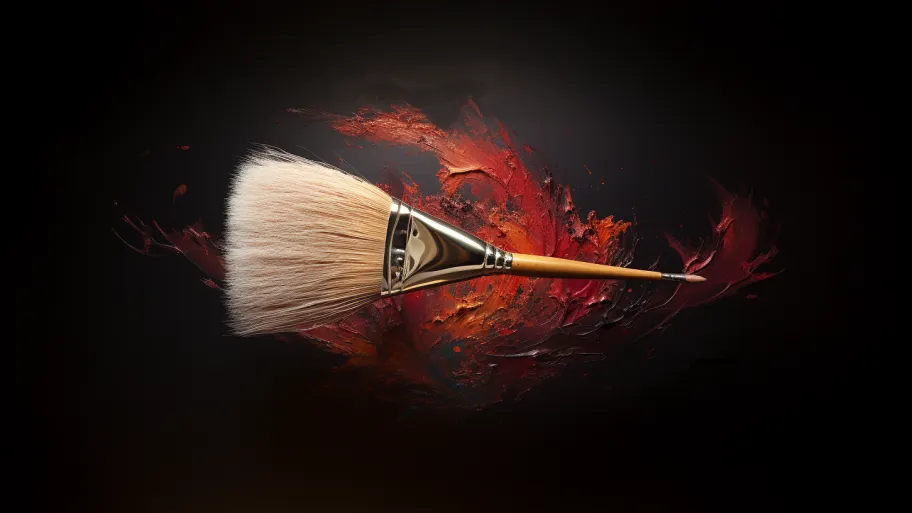
Paint brushes are made up of three main parts: the bristles, the ferrule, and the handle.
The bristles are the part of the brush that actually does the painting. They can be made from a variety of materials, including natural fibers like hog hair or horsehair, or synthetic materials like nylon or polyester.
The ferrule is the metal part of the brush that attaches the bristles to the handle. It is usually made from aluminum or steel.
The handle is the part of the brush that you hold onto while you are painting. It can be made from a variety of materials, including wood, plastic, or metal.
Artists Paint Brush Bristle Types
Natural bristles are made from animal hair, while synthetic bristles are made from materials like nylon or polyester.
Natural bristles are typically softer and more absorbent than synthetic bristles, making them ideal for painting with water-based media.
Synthetic bristles are typically stiffer and more durable than natural bristles, making them ideal for painting with oil-based media.
Artists Paint Brush Handles

Paint brushes come with a variety of handles, the most common being wood and plastic.
Wooden handles are the traditional choice for paint brushes, and are still used by many artists today. They are typically made from birch or beech wood and are lightweight and easy to hold.
Plastic handles are a newer option and are becoming increasingly popular due to their durability and low cost. Plastic handles are typically made from polypropylene and are available in a wide variety of colors.
What are Short and Long-Handled Brushes Used for?
Short-handled brushes are typically used for painting smaller areas, while long-handled brushes are better suited for painting large areas.
Different Types of Paint Brushes for Artists
All of the following are examples of popular paint brush types.
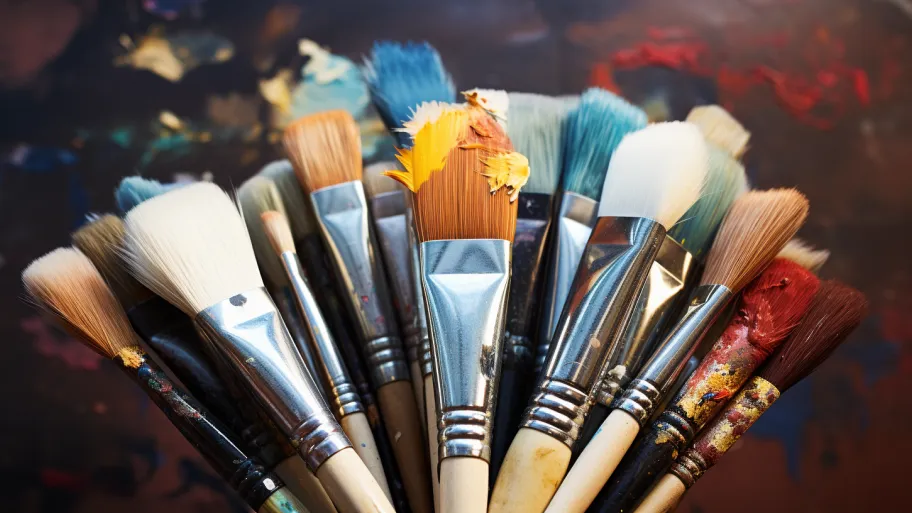
The type of paint brush you choose will depend on the type of painting you are doing, as well as your personal preference. Here is a quick guide to some of the most popular brush shapes, and what they can be used for:
1. Round brush
Painters would typically use a round paintbrush for detailed work and for painting thin lines. Watercolor painters also use round brushes, but they are usually made from softer bristles so that they can hold more water.
2. Flat brush
Flat brushes are good for painting broad strokes of color, as well as for creating sharp lines. They can also be used for blending colors together.
3. Filbert brush
Filbert brushes are a type of flat brush, but they have a rounded edge. This makes them good for painting soft, gradual transitions between colors.
4. Angled brush
An angled brush has an angled or slanted tip, which makes it good for painting sharp lines and angles. It can also be used for creating interesting textured effects.
5. Fan brush
Fan brushes have a wide, flat shape with bristles that fan out at the end. They are typically used for blending colors or for creating soft, feathery effects.
6. Brights brush
Brights brushes are a type of flat brush, but they have shorter bristles. This makes them good for painting precise strokes of color.
7. Liner brush
A Liner brush is a long thin brush which makes it good for painting very fine lines. They can also be used for adding detail to larger paintings.
8. Wash brush
Wash brushes are a type of flat brush, but they have very soft bristles. This makes them good for painting large areas of color, as well as for blending colors together.
9. Rigger brush
Rigger brushes have a long, thin shape with stiff bristles and a sharply pointed tip. They are typically used for painting lines and for adding detail to larger paintings.
10. Mop brush
Mop brushes are a type of brush with a large, fluffy head. They are typically used for painting soft, gradual transitions between colors.
11. Dagger brush
Dagger brushes have a long, thin shape with stiff bristles. They are typically used for painting lines and for adding detail to larger paintings.
12. Stippler brush
Stippler brushes have a small, round brush tip with stiff bristles. They are typically used for painting dots and for adding texture to larger paintings.
13. Scripts brush
Script brushes have a long, thin shape with soft bristles. They are typically used for painting fine lines and for adding detail to larger paintings.
14. Egbert brush
Egbert brushes have a long, thin shape with stiff bristles. They are typically used for painting lines and for adding detail to larger paintings.
15. Stencil brush
Stencil brushes have stiff bristles and a flat shape. They are typically used for painting shapes and for adding texture to larger paintings.
16. Hake brush
Hake brushes are a type of flat brush, but they have a wide, oval shape. They are typically used for painting large areas of color, as well as for blending colors together.
17. Sumi brush
Sumi brushes are a type of brush with a long, thin shape. They are typically used for painting fine lines and for adding detail to larger paintings.
18. Bamboo brush
Bamboo brushes are a type of brush with a long, thin shape. They are typically used for painting fine lines and for adding detail to larger paintings.
19. Hog bristle brush
Hog bristle brushes are a type of brush with stiff bristles. They are typically used for painting texture and for adding detail to larger paintings.
20. Rake brush
Rake brushes are a type of brush with stiff bristles. They are typically used for painting texture and for adding detail to larger paintings.
21. Chalk brush
Chalk brushes are a type of brush with a soft, fluffy head. They are typically used for painting soft, gradual transitions between colors.
22. Foam brush
Foam brushes are a type of brush with a soft, spongy head. They are typically used for painting large areas of color, as well as for blending colors together.
23. Sponge brush
Sponge brushes are a type of brush with a soft, spongy head. They are typically used for painting large areas of color, as well as for blending colors together.
24. Paint roller brush
Paint roller brushes are a type of brush with a long, cylindrical shape. They are typically used for painting large areas of color, as well as for blending colors together.
25. Spotter brush
Spotter brushes are a type of brush with a small, round head. They are typically used for painting dots and for adding texture to larger paintings.
26. Airbrush
Airbrush brushes are a type of brush with a long, thin shape. They are typically used for painting fine lines and for adding detail to larger paintings.
How do I know what paint brush to use?

There are a variety of paint brushes available on the market, and each type of brush has its own unique set of characteristics.
When choosing a painting brush, it is important to consider the desired effect you are hoping to achieve.
For example, if you are painting a large area of color, you may want to use a foam brush or a paint roller brush. If you are looking to add detail to your painting, you may want to use a stippler brush or a script brush.
Finally, if you are hoping to achieve a soft, gradual transition between colors, you may want to use a chalk brush or a sponge brush.
The manufacturer’s instructions will generally explain what the brush is suitable for, but no matter what type of paint brush you choose, it is important to test it out on a piece of scrap paper before using it on your painting. This will help you get a feel for how the brush works and ensure that you are happy with the results.
Does the Quality of the Paint Brush Matter?
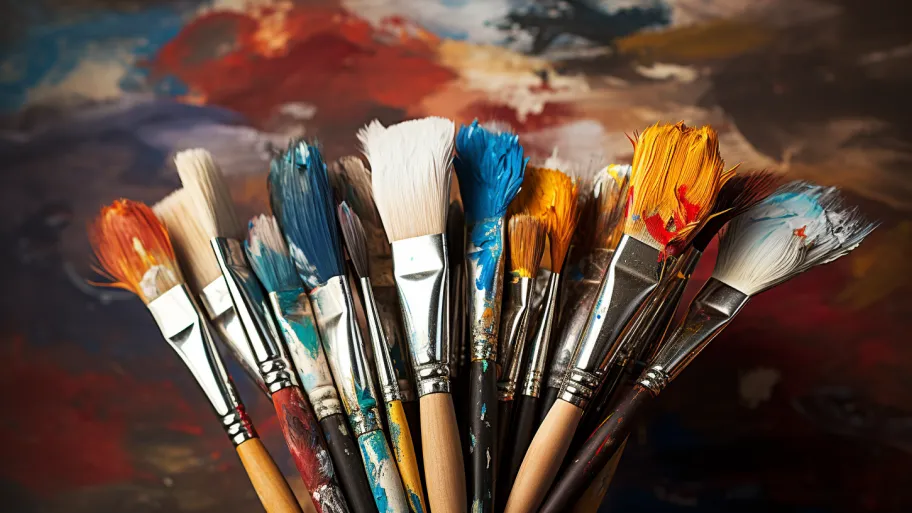
Yes, it does!
A high-quality paint brush will be made with soft, natural bristles that are designed to hold onto paint without shedding. It will also have a comfortable handle that is easy to grip.
Are cheap paint brushes ok?
Cheap paint brushes can work fine for some projects, but they may not give you the best results. Cheap paint brushes often have stiff synthetic bristles that shed easily and a poorly-designed handle that is uncomfortable to hold.
When it comes to paint brushes, you really do get what you pay for. So, if you are serious about your painting, it is worth investing in high-quality brushes.
How to best take care of my brushes?

Paint brushes are an important tool for any painter, and it is important to take care of them to preserve their life.
Here are a few tips on how to take care of your paint brushes:
- Don’t use a paintbrush with different mediums e.g. oil and acrylic.
- Don’t let the paint dry on your brush.
- Wash your brushes immediately after use with soap and water.
- Keep the bristles of your paint brushes clean and free of paint buildup.
- Avoid using harsh chemicals or solvents on your paint brushes.
- Dry your paint brushes flat (never leave them standing on the bristles).
- When not in use, wrap your paint brushes in a cloth or paper towel to keep them clean and dust-free.
- Store your paint brushes in a cool, dry place.
By following these simple tips, you can help extend the life of your paint brushes and keep them in good condition for years to come.
How do I know when to change to a different brush?
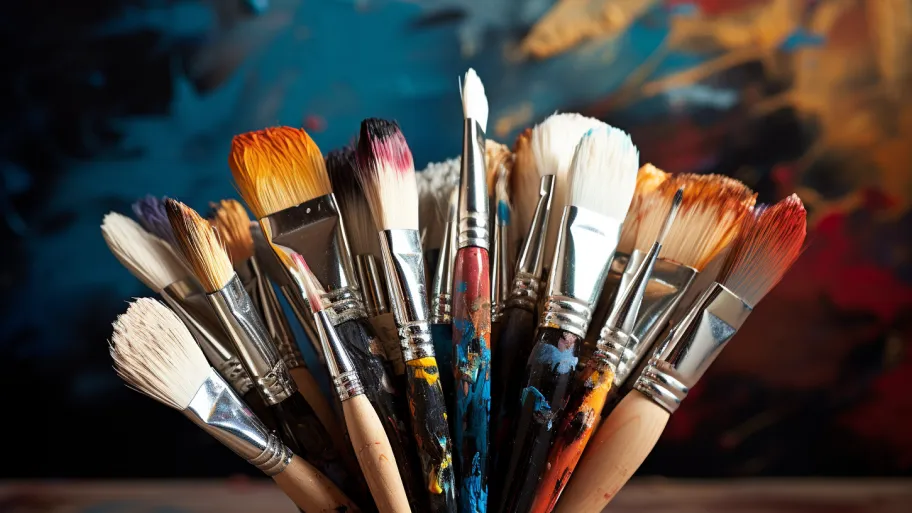
You should change your paint brushes around every 6 months if you are using them regularly, because the bristles will start to wear down.
You’ll know when to change your paintbrushes because the bristles will become frayed, jagged, and start falling out.
Also, if you notice that your paintbrushes are leaving behind streaks or paint buildup, it’s time for a new one.
Conclusion
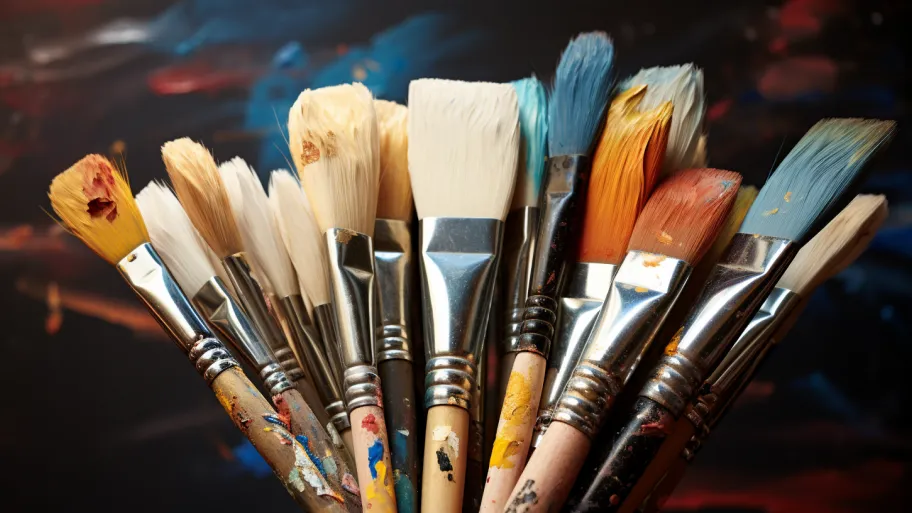
There are a variety of types of painting brushes available on the market, each with its own unique set of characteristics.
When choosing a brush, it is important to consider the type of paint you will be using, as well as the desired effect you are hoping to achieve. A high-quality paint brush will be made with soft, natural bristles that are designed to hold onto paint without shedding.
It is also important to take care of your brushes, by washing them immediately after use and storing them in a cool, dry place.
Happy Painting!
If you want to take your art to the next level, check out our selection of art guides below!
- A Guide to the Different Types of Digital Art
- 101+ Cool Easy Drawing Ideas to Explore Your Creativity and Improve Your Skills
- What are NFTs?
- 100+ Acrylic Painting Ideas: Plus Acrylic Painting Tools, Tips, and Techniques
- How to Sell Your Art Online
- How to Draw Mandala Art
- Basic Patterns to Draw: A How-To Guide

Joanna
Latest Posts
Trending
There are no results matching your search Reset filters?

